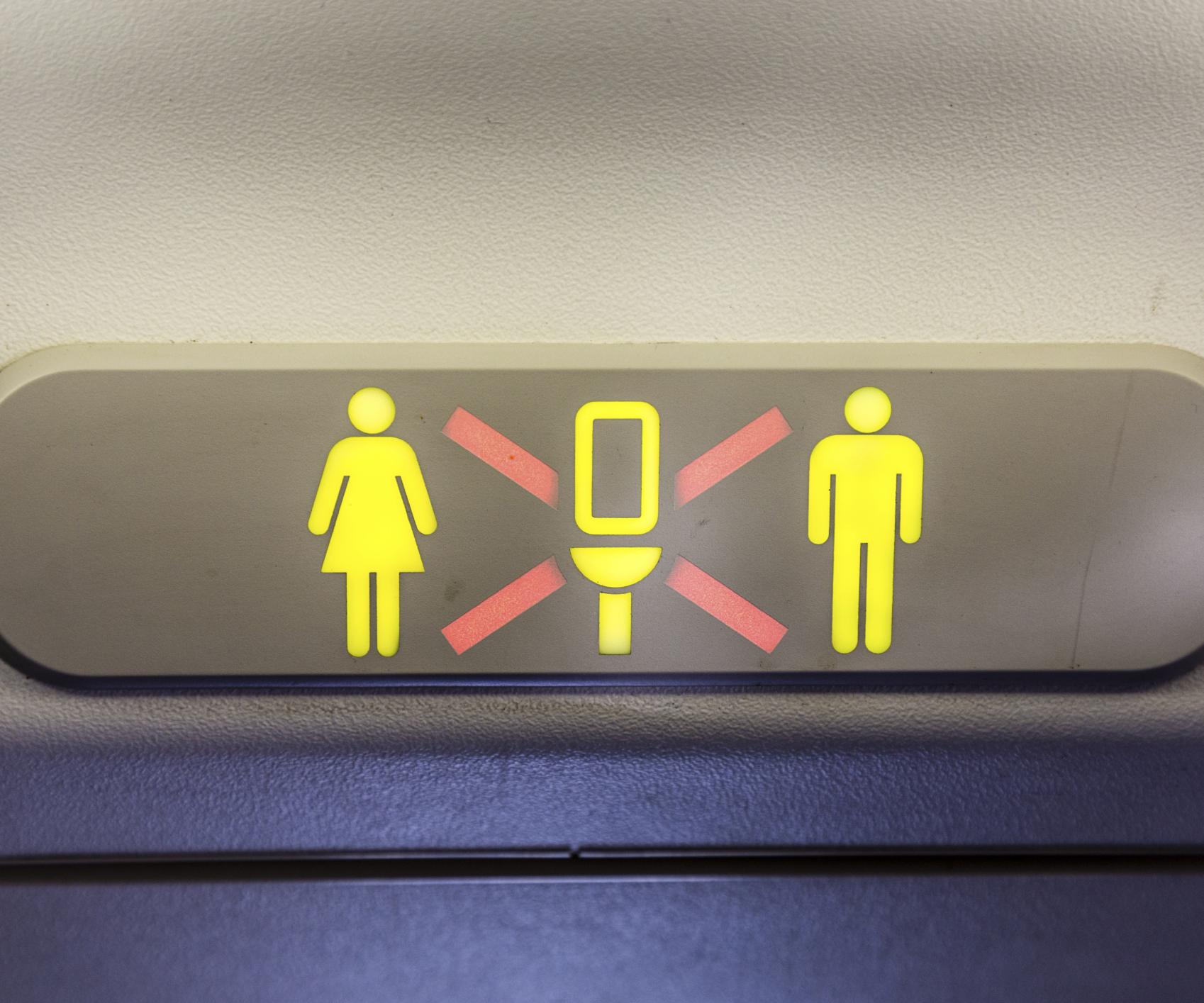There is nothing better than going on a holiday.
Literally, nothing.
Packing can be a bit of a drag, and getting to the airport is always a stress, but once you’ve checked-in, you’re spritzing your way through duty-free, testing lipsticks, purchasing shades – paradise bound. Bliss!
But then of course, there is the flight. The dreaded long-haul. You’re herded into a crammed metal tube, where for the next half a day you’ll learn every annoying habit belonging to the stranger on your left. And your right. And three rows in front. There’s a baby crying too, someone coughing and an almighty sneeze, plus it’s freezing. You’re sure you’ll get sick; getting sick on a flight is notorious.
So, what do you do? You do what we all assume to be best practice for avoiding holiday sabotaging-sickness: reach for the air-con nob blasting a stream of cold air (and probably thousands of nasty germs) directly on your forehead and turn it off.

But what happens when we assume we’re doing the right thing? We get hit with a virus because according to disease and air travel expert, Dr Mark Gendreau we’re doing it all wrong. Dr Gendreau says that we should always have the flow of air ion us, even if only on a low level.
Speaking with [Travel + Leisure](http://www.travelandleisure.com/travel-tips/turning-ac-on-during-flight|target =”_blank”), Dr Gendreau says: “Ventilation on airplanes has gotten a bad reputation, but it’s completely unfounded.”
He explains that for airborne viruses it is extremely important to ventilate, because that becomes your main means of control.
Airborne viruses, like tuberculosis and measles, are transmitted by tiny droplets of nuclei that can hang in the air for up to five hours, he explained. While viruses associated with the common cold tend to be larger in size and heavier (consequently falling to the floor rather quickly), these particles linger.
By using the vent and turning it on medium or low, Dr Gendreau says you can create an invisible air barrier around you – simultaneously blocking these particles and forcing them to the ground faster.
Isn’t science great?
So next time you’re doing your pre-flight check-list, make sure you factor in an extra jumper; it may be worth braving the cold to avoid the cold.


